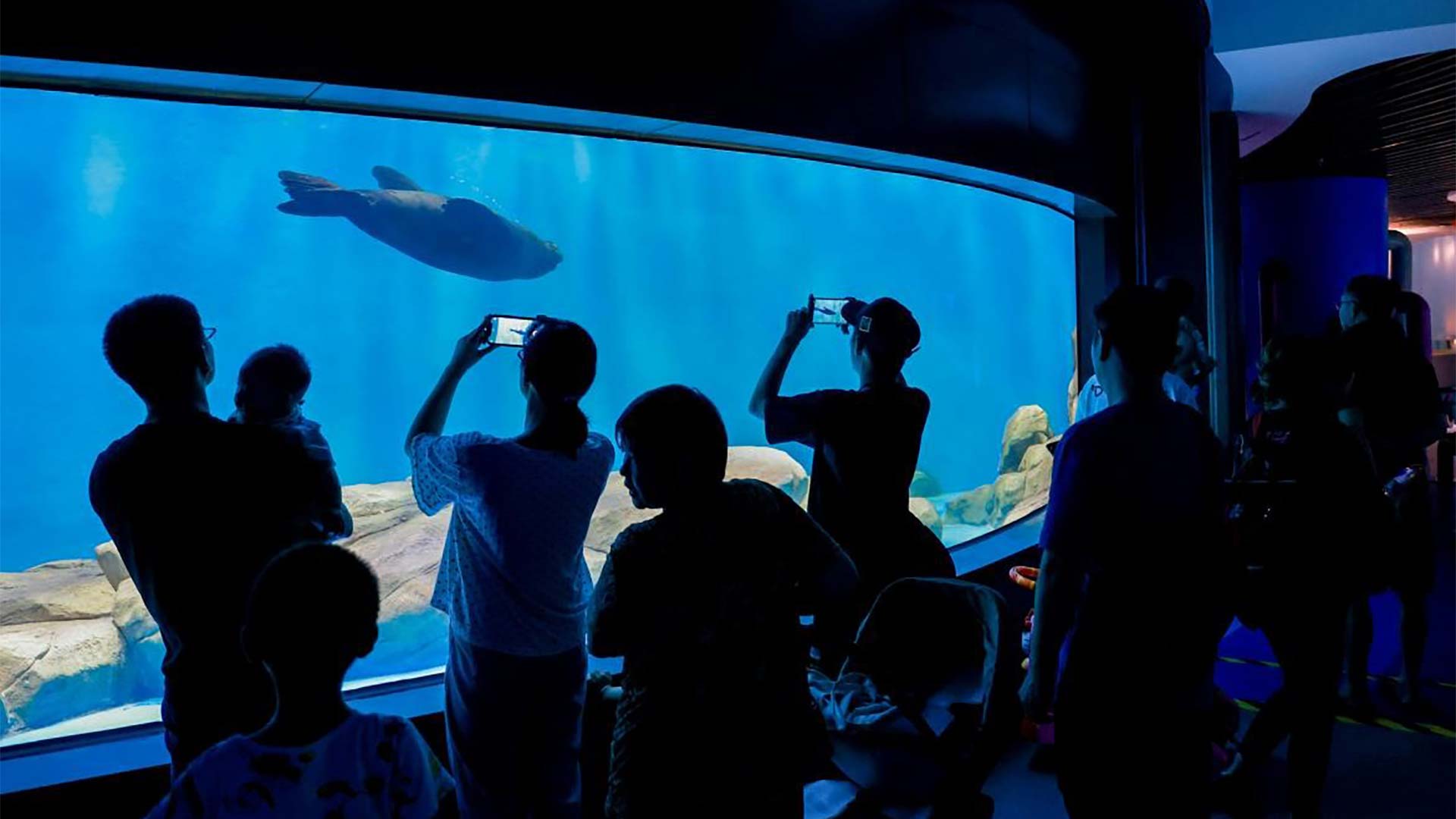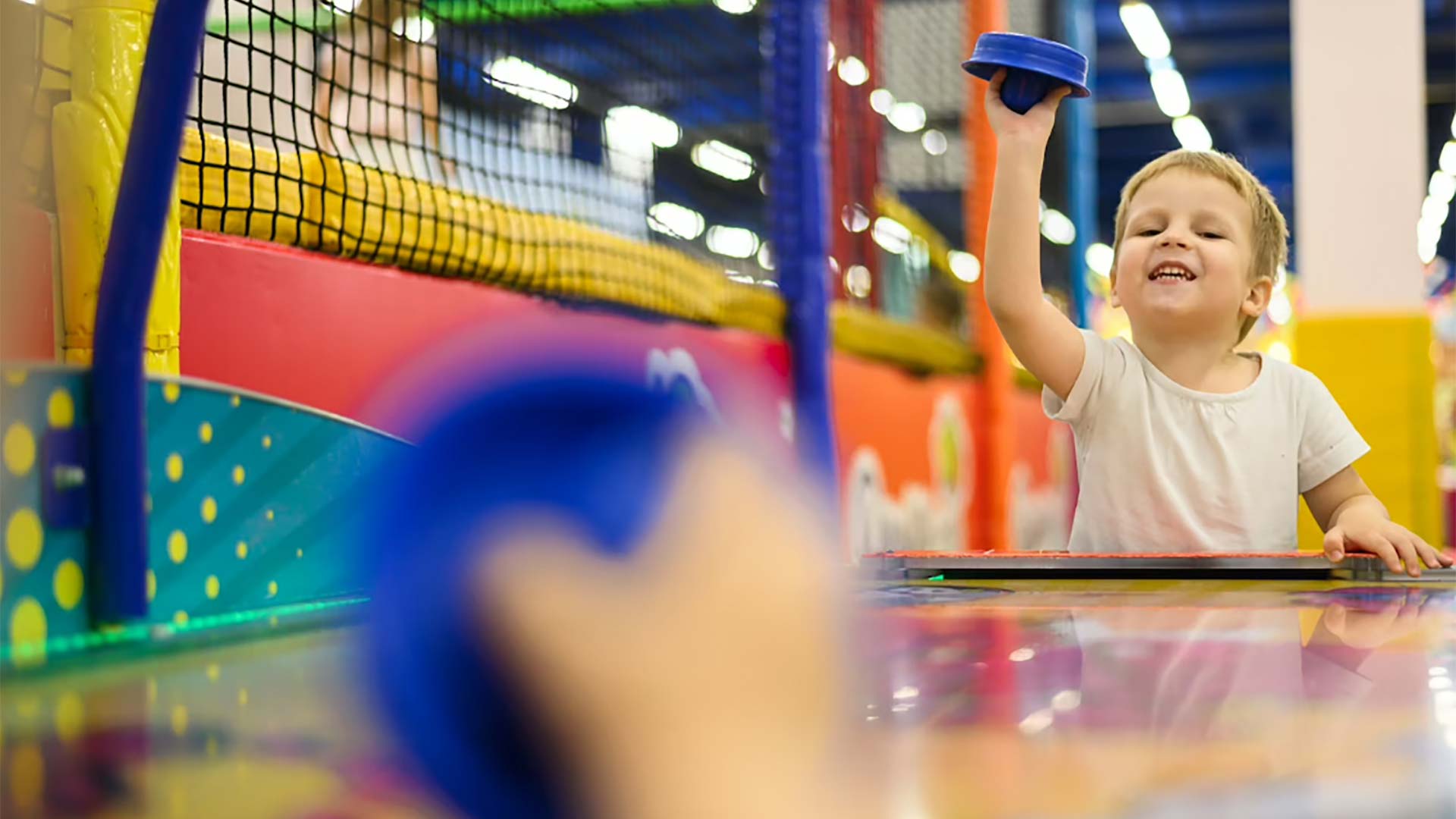The concept of “retailtainment”, which is the combination of entertainment and shopping in shopping malls, has evolved over the last few years in response to changes in consumer behaviour and expectations, as well as shifts in retail industry trends.
The concept of enclosed malls began to take shape in the United States during the period between 1950 and 1970. This type of mall offered seating areas and water fountains to make the shopping experience more pleasant and attractive. Then, in the 1970s and 1980s, they expanded and began to incorporate more entertainment elements, such as cinemas and food courts. This was the beginning of the idea that shopping centres should not only be a place for shopping, but also for socialising and leisure.

In the 1990s, with increased retail competition and the growing importance of customer experience, shopping centres responded with more entertainment. An example of this is the Mall of America shopping centre in Minnesota, USA, which houses a theme park inside.
As the 21st century has progressed, with the expansion of technology, social media and the rise of e-commerce, retailers and shopping centres have adapted to new challenges. They are adapting their strategies to deliver unique and engaging experiences to compete for attention and retain consumers in an increasingly competitive environment.
Today, many shopping centres differentiate themselves from their competitors by incorporating theme parks, aquariums and leisure and entertainment centres. One such example is the Skysea Aquarium, located in the Dream Gala Mall in the Minhang district of Shanghai, China. This high-rise aquarium, also known as the “sky aquarium”, is located on the fourth and fifth floors of the building, approximately 25 metres above ground level. It offers unique visitor experiences such as the Underwater Tunnel, the 360° Fantasy Jellyfish Theatre and the semi-interactive Penguin Island. In addition, it plans to offer special experiences such as weddings, underwater dinners and overnight stays, as well as snorkelling courses.

Retailtainment has become a regular component of shopping centre marketing. It enriches shoppers’ visits with a variety of entertainment options available to them. This intersection between meaningful experiences and the purchase of products and services has become an essential part of everyday life.
By Tianshu Liu, Senior Architect in the Architecture Department of Amusement Logic






